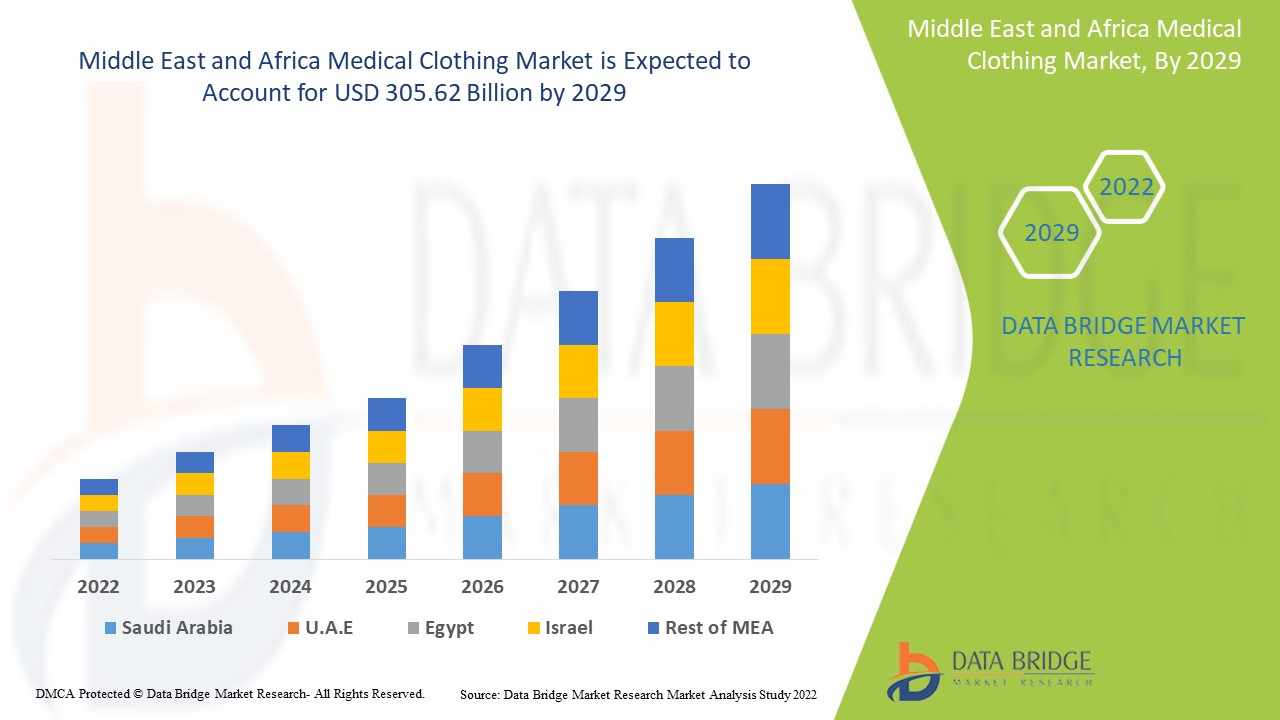
The Middle East and Africa (MEA) medical clothing market has gained significant traction in recent years due to rising healthcare demands, increasing awareness of hygiene and infection control, and advancements in medical infrastructure. Medical clothing includes garments such as scrubs, surgical gowns, protective coveralls, masks, and lab coats, worn by healthcare professionals to ensure safety and maintain sterile environments.
The COVID-19 pandemic further accelerated the need for high-quality protective clothing in hospitals, clinics, and laboratories, resulting in heightened attention to the regional medical apparel industry.
Click Here: https://www.databridgemarketresearch.com/reports/middle-east-and-africa-medical-clothing-market
Trends
A key trend shaping the Middle East and Africa medical clothing market is the shift toward disposable and antimicrobial medical garments. Healthcare institutions across the region are adopting disposable protective wear to reduce the risks of cross-contamination. Innovations in fabric technology, including fluid-resistant, breathable, and antibacterial materials, are becoming increasingly common.
The demand for PPE-compliant clothing such as gowns, gloves, and masks continues to remain high, especially in infection-prone healthcare settings. Furthermore, there is a growing interest in stylish and functional scrubs that offer both comfort and compliance. Many manufacturers are now focusing on ergonomic designs, climate-specific materials, and gender-specific tailoring to improve user experience in hot and arid regions like the Middle East.
Another trend is the rise of local manufacturing and supply chain optimization. Previously, the region relied heavily on imports, but post-pandemic disruptions highlighted the need for local production capabilities. Countries like Saudi Arabia, UAE, and South Africa are investing in medical textile industries to reduce dependency on global suppliers and ensure timely availability of essential healthcare garments.
Size
The Middle East and Africa medical clothing market was valued at USD XX billion in 2024 and is expected to witness a strong growth trajectory over the coming years. The market’s steady expansion is driven by increasing hospital construction, higher healthcare budgets, and a growing patient population. The region's expanding network of public and private hospitals, specialty clinics, and diagnostic centers creates robust demand for medical apparel.
Saudi Arabia, the UAE, and South Africa are the leading contributors to the regional market, accounting for the bulk of demand due to their relatively advanced healthcare sectors. Meanwhile, emerging economies like Egypt, Nigeria, and Kenya are rapidly upgrading their healthcare systems, paving the way for broader medical clothing adoption.
Latest Trending Reports:
Global Photoelectric Sensor Market
Global Energy Drinks Packaging Market
Global Soil Treatment Market
Global Rotogravure Printing Doctor Blade Market
Global Leak Detection and Repair Market
Global Acute Cholecystitis Market
North America Vegetables and Fruits Market
Share
Hospital and surgical centers dominate the end-user segment in the Middle East and Africa medical clothing market. These facilities account for a significant share of the overall consumption due to the large workforce and strict regulatory requirements for infection control. Outpatient clinics, nursing homes, and laboratories follow closely, while home healthcare is an emerging segment showing promising uptake, especially in South Africa and Gulf Cooperation Council (GCC) countries.
By product type, surgical apparel, scrubs, and face masks remain the most in-demand categories. The face mask segment witnessed an unprecedented surge during the pandemic and continues to perform strongly due to prolonged regulatory mandates and cultural acceptance of masks in public settings.
International companies such as 3M, DuPont, and Cardinal Health hold a substantial share of the MEA medical clothing market through their extensive distribution networks. However, local and regional players are increasingly gaining ground by offering competitively priced, climate-adapted, and regulation-compliant alternatives.
Growth
The medical clothing market in the Middle East and Africa is projected to grow at a compound annual growth rate (CAGR) of around XX% between 2025 and 2030. The primary growth drivers include population expansion, rising chronic disease prevalence, and medical tourism.
Urbanization and lifestyle diseases such as diabetes and cardiovascular disorders are creating greater patient loads in regional healthcare systems. This, in turn, drives the demand for more healthcare personnel and the clothing needed for daily operations.
Government initiatives aimed at improving national healthcare infrastructure are further accelerating market growth. For instance, Saudi Arabia’s Vision 2030 and the UAE’s Health Strategy 2025 aim to increase the number of hospitals, improve healthcare access, and promote medical manufacturing localization—all contributing positively to the demand for medical clothing.
Demand
The demand for medical clothing in MEA is being bolstered by multiple factors, including infection control protocols, growing healthcare worker numbers, and increasing surgical procedures. The heightened emphasis on personal protection following the COVID-19 pandemic has also created long-term shifts in attitudes toward hygiene and safety in the healthcare environment.
Additionally, the expansion of the region's pharmaceutical and biotechnology industries creates supplementary demand for cleanroom apparel and laboratory garments. As the number of laboratories and clinical research units grow, there is a parallel need for specialized clothing that meets biosafety standards.
The aging population in many MEA countries and the rise in geriatric care facilities are also important demand drivers. Older patients often require extended stays and intensive care, necessitating a well-dressed and protected medical workforce.
Future Insights
Looking ahead, the Middle East and Africa medical clothing market is expected to witness increased digital integration and smart fabric development. Wearable sensors embedded in medical garments for vital sign monitoring and patient tracking could become more widespread, particularly in high-tech hospitals and telemedicine environments.
Sustainability will play a key role in future market dynamics. The medical industry in MEA is becoming more environmentally conscious, with a focus on reusable garments, biodegradable disposables, and green manufacturing processes. Manufacturers who can balance functionality with eco-friendliness will likely see stronger adoption.
The continued localization of production in key countries will ensure more resilient supply chains. Government incentives and partnerships with global players will foster domestic capabilities in technical textiles and protective clothing.
Education and training around PPE usage, garment handling, and safety standards will remain a top priority. As medical schools and institutions across MEA place more emphasis on hygiene protocols, demand for standardized medical clothing in academic settings will also increase.
In conclusion, the Middle East and Africa medical clothing market is poised for robust and sustained growth. With strategic investments, innovation, and policy support, the region is set to transform from an importer to a hub of medical textile production and distribution, making healthcare safer and more efficient across its diverse population.
About Data Bridge Market Research:
An absolute way to forecast what the future holds is to comprehend the trend today!
Data Bridge Market Research set forth itself as an unconventional and neoteric market research and consulting firm with an unparalleled level of resilience and integrated approaches. We are determined to unearth the best market opportunities and foster efficient information for your business to thrive in the market. Data Bridge endeavors to provide appropriate solutions to the complex business challenges and initiates an effortless decision-making process. Data Bridge is an aftermath of sheer wisdom and experience which was formulated and framed in the year 2015 in Pune.
Contact Us:
Data Bridge Market Research
US: +1 614 591 3140
UK: +44 845 154 9652
APAC : +653 1251 975
Email:- corporatesales@databridgemarketresearch.com

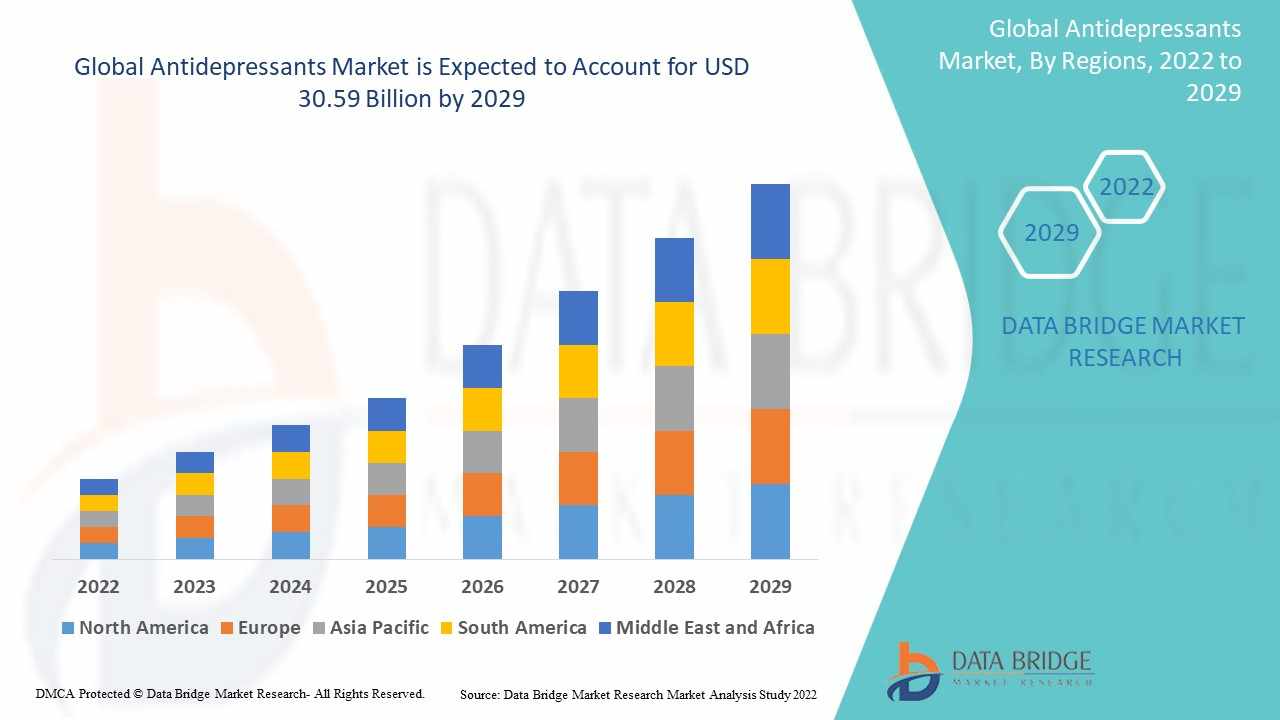
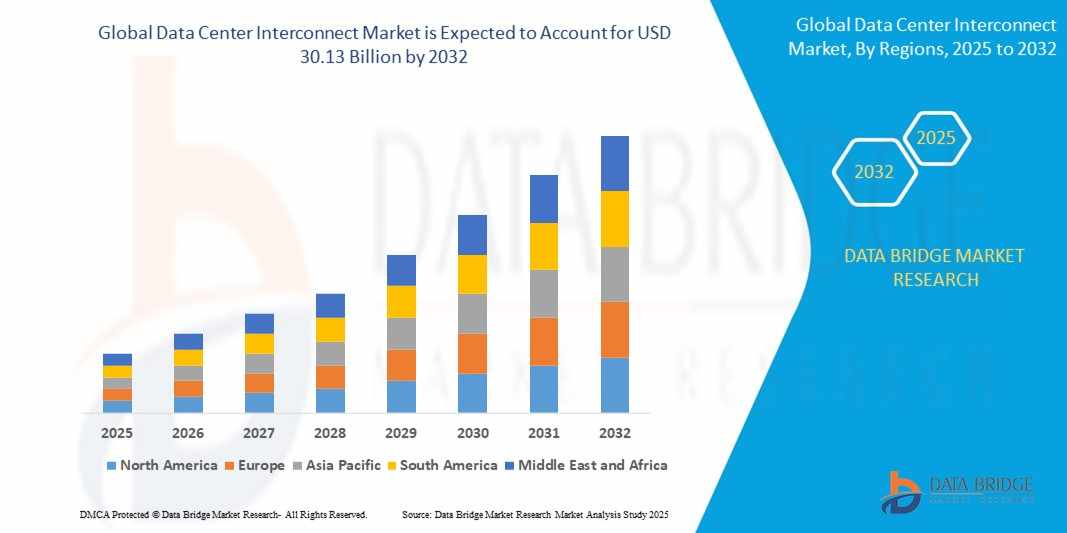
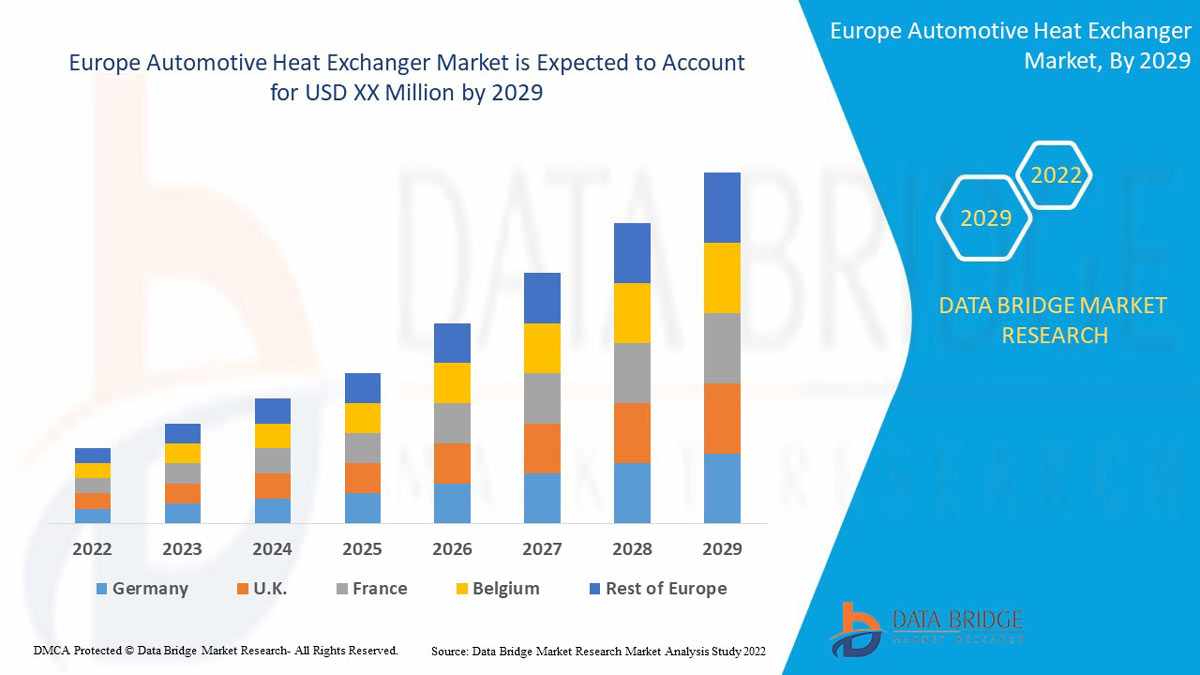
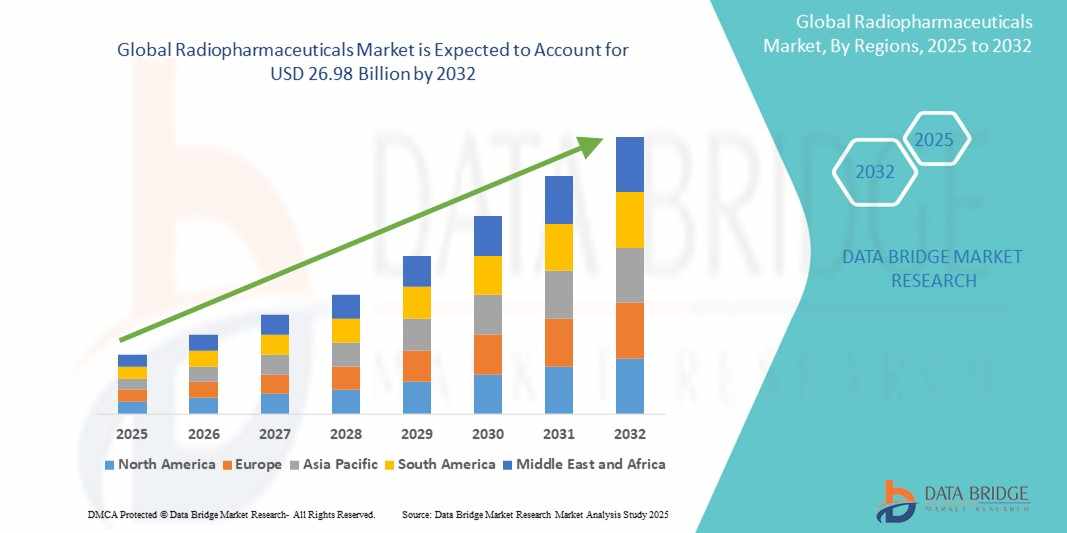
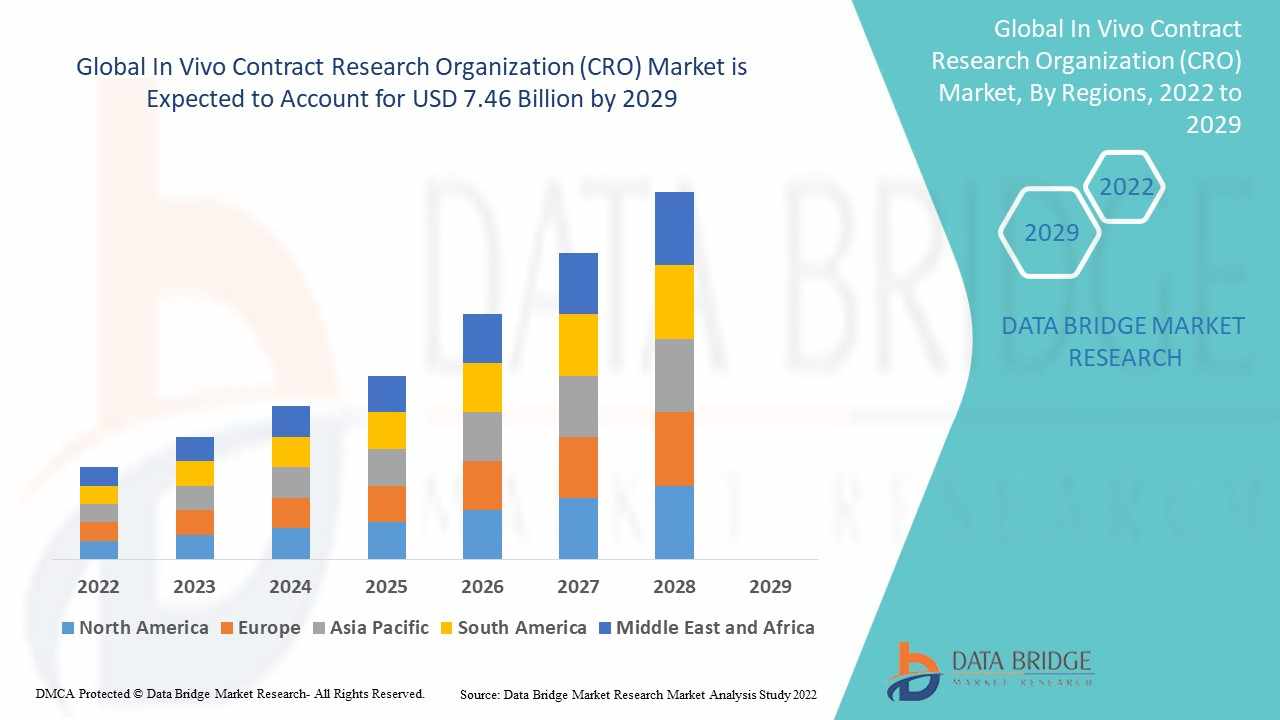
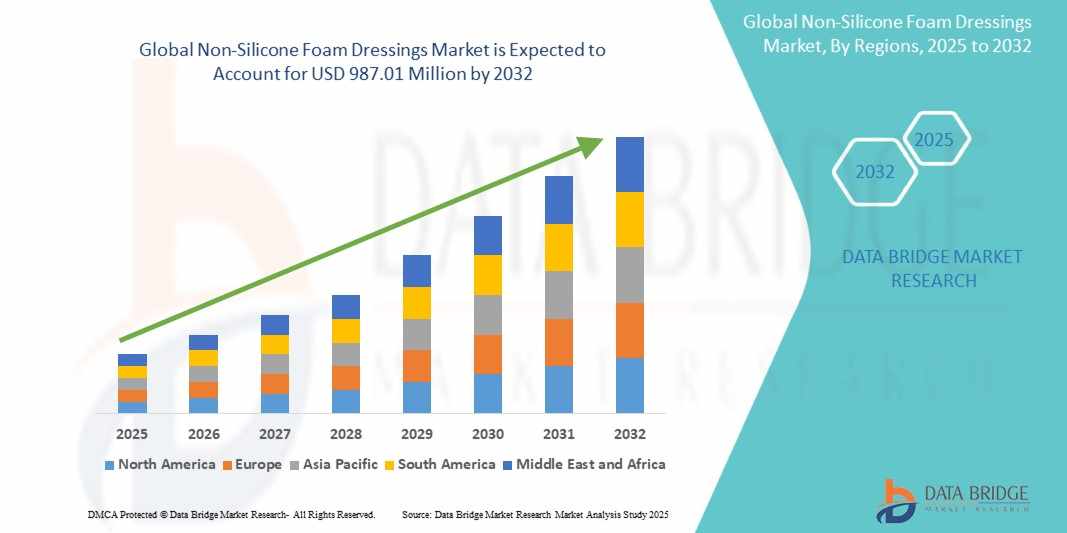


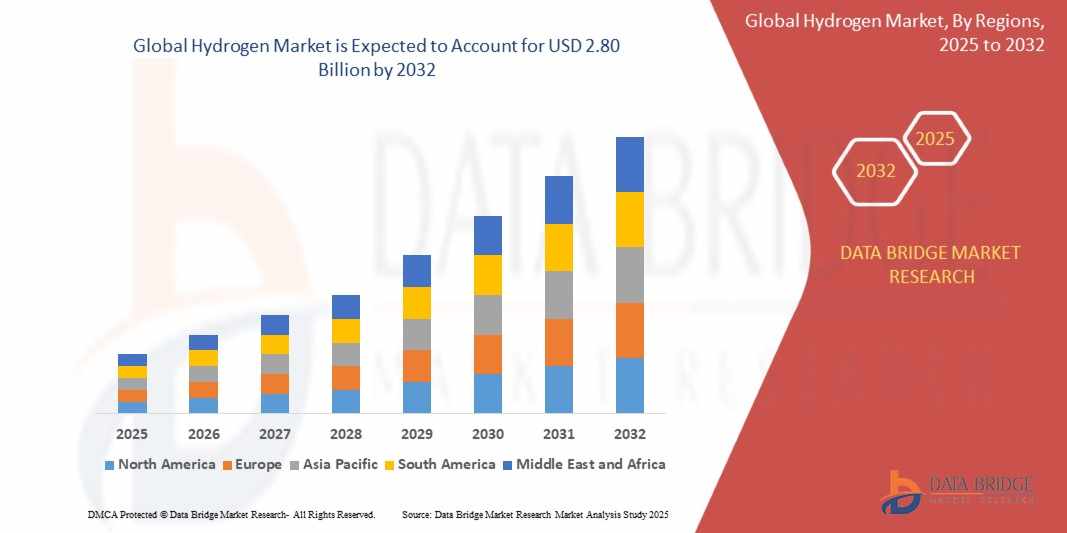
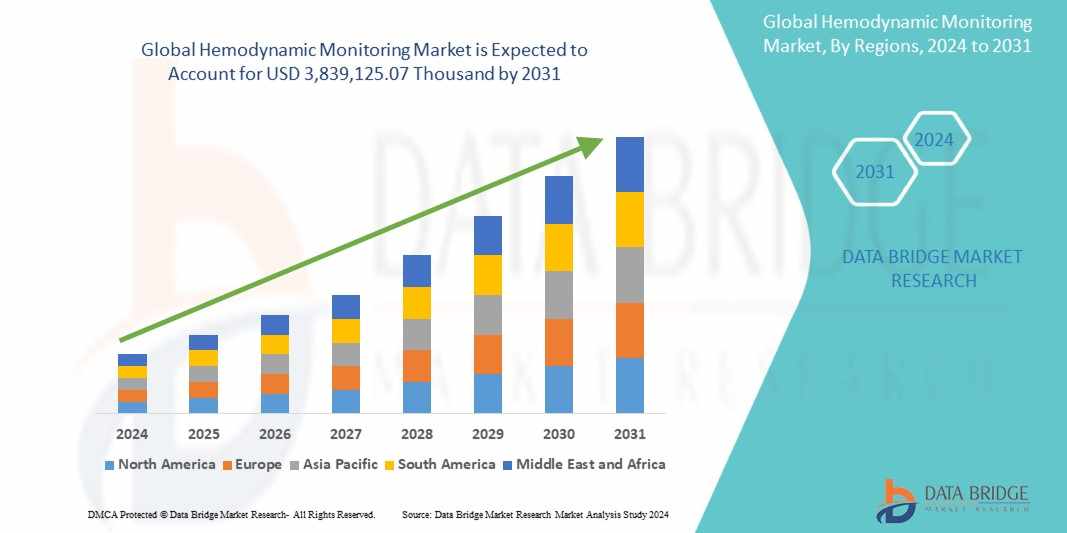









Write a comment ...